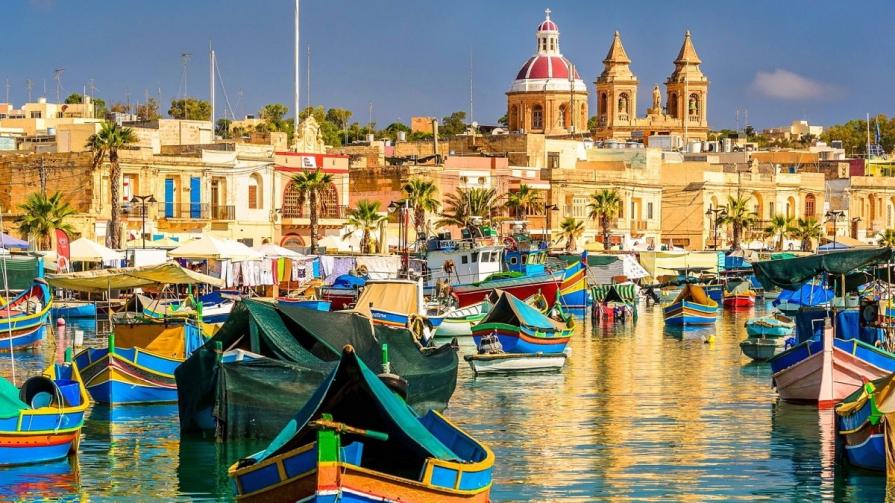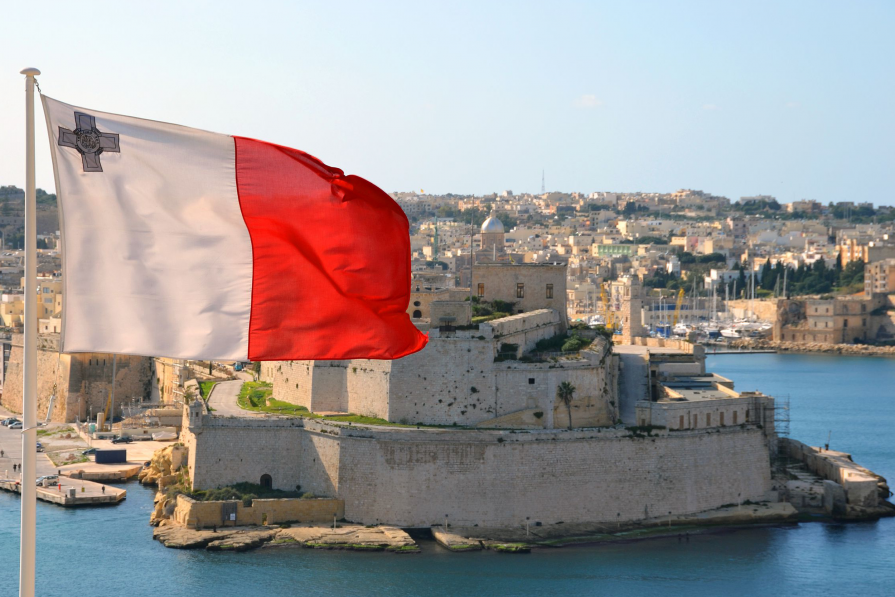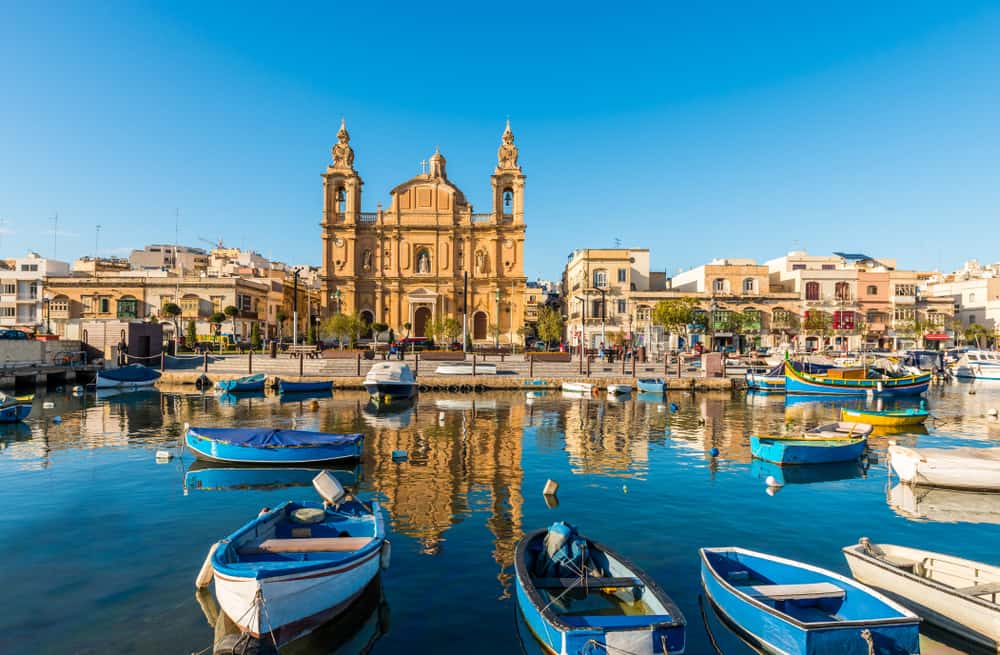Like a phoenix emerging from the ashes, Alec Issigonis’s life was forever changed by the Greco-Turkish war and Great Fire of Smyrna. Forced to flee his homeland, Issigonis arrived in Malta at the age of fifteen and eventually found his way to Britain.
It is here that the famed designer made his mark on the automotive industry with the iconic Mini car. His story of resilience and success is a testament to the power of the human spirit.
This article will explore Issigonis’s journey from refugee to Mini car designer, and how his life was shaped by the events that unfolded around him.
From Greece to Malta
During the Greco-Turkish war, Alec Issigonis was forced to evacuate from Smyrna, Greece to Malta, resulting in his arrival in Malta at 15 years old.
His father, Constantine Prokopp, was buried in the Ta Braxia cemetery in Malta soon after arriving, and his mother, Hulda Prokopp, moved to Britain with Issigonis to start a new life.
This journey had a lasting impact on Alec Issigonis’ life and development, and it is clear that Malta played an important part in his transformation from a Greek refugee to a renowned car designer.
His experiences in Malta shaped his views on freedom and independence, and his success as a designer of the iconic Mini car is a testament to his resilience.
The Greek refugee experience in Malta impacted Issigonis in a profound way, and he will always be remembered for his contribution to the automotive industry.
Designing the Mini
After becoming an established car designer, a noted vehicle was created which revolutionized the automotive industry. Alec Issigonis’ Mini car was the result of his innovative thinking. The Mini was more than just a compact car, it featured a unique transverse engine, front wheel drive, and a space-saving design. This daring combination of innovations had a major impact on the automotive industry.
Issigonis’ design allowed for a passenger cabin that was larger than expected, while the engine was mounted sideways to the car. This configuration allowed for more interior space and better handling. The Mini also featured a revolutionary suspension system and a unique drivetrain configuration. All of these innovations allowed the Mini to stand out from the competition.
The Mini’s success was immediate and it quickly became a worldwide sensation. Its unique design and innovative features pushed the boundaries of automotive design and changed the way cars were made and driven. The Mini’s success was not only in its design, but in the impact it had on the automotive industry.
The Mini’s innovations have been used in countless vehicles, making it one of the most influential cars of all time. Its impact on the automotive industry is undeniable and its legacy will continue to be felt for years to come. The Mini is a testament to Issigonis’ engineering genius and his commitment to creating something special.
3 Item Numeric List:
- Unique transverse engine
- Front wheel drive
- Revolutionary suspension system
Life Afterward
Subsequent to the Mini’s success, Issigonis continued to make significant contributions to the automotive industry. He continued to be a major innovator, designing the Austin Maxi and Morris Marina. His designs revolutionised the automotive industry and were influential in the design of future cars.
In addition, Issigonis wrote seminal works on vehicle design, such as ‘Front Wheel Drive’, which was widely studied by engineers and students. He also served as the Chief Engineer of the British Motor Corporation from 1956 to 1971.
Issigonis’ influence and legacy in the automotive industry is still felt today. His designs for the Mini and other vehicles have been highly influential in the design of modern cars. His writings on vehicle design have been used as textbooks, and his work is still studied in universities and engineering firms around the world.
His impact on the industry was so great that he was inducted into the Automotive Hall of Fame in 2002.
Alec Issigonis’ contributions to the automotive industry have made him a legend. His impact can still be seen in the cars of today, and his legacy will continue to shape the industry for years to come.
Frequently Asked Questions
What inspired Issigonis to design the Mini car?
Alec Issigonis’ invention of the Mini car was a result of his roadtrip experiences and innovative process. During his travels, he was inspired by the need for a smaller, more efficient car that was suitable for tight city roads.
This realization led Issigonis to take a revolutionary approach to car design. His innovative process combined creative ideas, resourceful engineering, and a desire for freedom. He designed a car that was both economical and enjoyable, offering drivers an exciting new kind of mobility.
The Mini car was a product of Issigonis’ roadtrip experiences and invention process, and it remains an iconic symbol of freedom and innovation to this day.
How did Malta influence Issigonis’ career?
Malta had a lasting impact on Alec Issigonis’ career. During his time as a refugee, he gained a valuable education in Malta’s culture and language. This enabled him to form a strong connection with the country and its people.
He also experienced a newfound sense of freedom and independence which likely inspired him to pursue his successful career in car design. The Maltese culture and education he received while living in the country likely played a role in his innovation and creativity as a designer.
This influence can be seen in his design of the classic Mini car.
What other cars did Issigonis design?
Alec Issigonis was known for his creative process and early successes in the automotive industry. His design of the iconic Mini car was just the beginning of a long and impressive career.
Issigonis also designed the Morris Marina, an affordable family car that was produced in the 1970s.
He also designed the Morris Minor, which was highly successful in Britain and in many other countries in Europe.
His designs were renowned for their durability, efficiency, and cutting-edge engineering.
Issigonis’ creative vision and technical expertise created a legacy that will always be remembered.
How did Issigonis feel about the Great Fire of Smyrna?
Alec Issigonis’ childhood memories of the Great Fire of Smyrna would have been filled with sadness and trauma. As a refugee, Issigonis was forced to flee from his home during the Greco-Turkish War. His experience of the fire would have been one of displacement, fear, and uncertainty.
The fire was a significant event in his life, and his journey to Malta would have left a lasting impression on his worldview. It is likely that he felt immense sadness at being separated from his family and homeland, and the experience of living as a refugee in Malta would have left an indelible mark on his life.
How did Issigonis’ parents’ influence his life?
Alec Issigonis’ parents had a significant influence on his life. His father, Constantine Prokopp, was forced to flee Greece during the Greco-Turkish War. Issigonis and his family arrived in Malta as refugees, and soon after, his father was buried in the Ta Braxia cemetery.
His mother, Hulda, then moved to Britain with Issigonis and this marked the beginning of his immigration experience. His refugee status had a profound effect on his life, and it shaped his outlook and perspective.
His parents’ legacy served as a reminder to Issigonis of the immigrant experience, as well as a symbol of strength and resilience.









